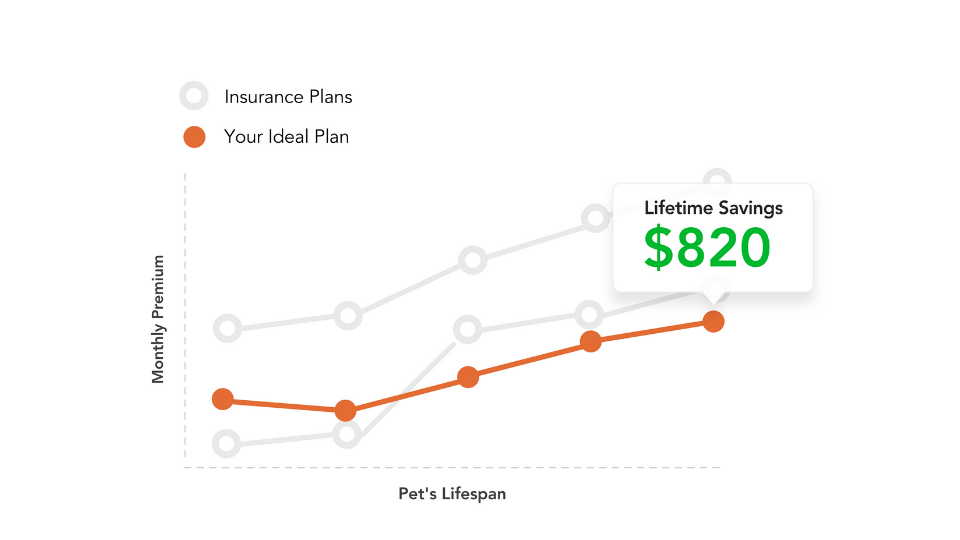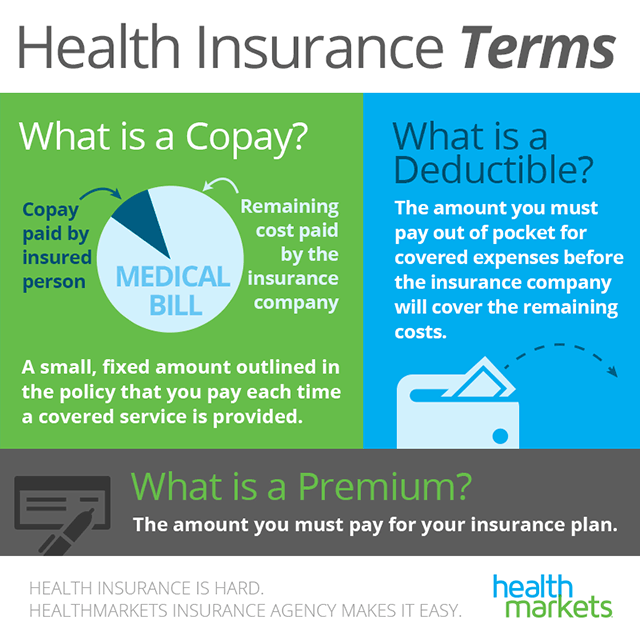As a result, higher deductible plans will generally have lower premiums. Till these deductibles are satisfied you are successfully not getting any of the cost-sharing benefits of having coverage. Understanding this tradeoff is vital in how you pick a plan. The deductible structure of a health insurance plan is necessary in choosing which prepare you pick since it determines when the provider starts to really pay.
If you have non-trivial and repeating healthcare costs selecting a deductible lower than the quantity you invest is usually a good choice. This ensures that you will fulfill the requirements required for the insurance provider to offer advantages. The higher your expenses exceed the deductible the higher percentage of the expenses will be borne by the insurance company.
For those individuals with low anticipated health care expenditures, a less expensive plan with a greater deductible can make more sense. This lowers your guaranteed expense expenses by minimizing the premiums you pay on a monthly basis. The only thing to think about is when selecting a plan is whether you have the financial methods to cover the needed deductible ought to an incident take place. how to file an insurance claim.
It is very important for homes that have multiple relative covered under the exact same plan to understand how these 2 values determine their cost-sharing benefits. Beginning in 2016, deductibles for insurance coverage plans will become "ingrained." For each family, the health insurance coverage company will track the total quantity paid in deductibles for the whole family as well as the quantity paid toward deductibles for the care of each individual in that family.
If any household member satisfies the amount set by the private deductible, then the business will fulfill the cost-sharing advantages for that private which private just for the remainder of the year. If the family as a whole fulfills the amount set by the household deductible then the family will start paying out towards expenses for every member of the family for the remainder of the year.
Many plans divided out prescription-related costs into their own deductible classification. In such cases, a prescription deductible exists and is tallied separately from all other treatment. Insurance policy holders for such plans will be needed to pay for medication approximately the quantity defined before the strategy covers these expenses. For strategies where a prescription deductible is not defined, cost-sharing for medication will not begin to take effect until these requirements are satisfied.
A Biased View of How To Fight Insurance Company Totaled Car
Plans with an Rx deductible make it much easier for someone with high prescription expenses to begin getting the cost-sharing advantages used by the policy. While most cost-sharing advantages just start when the deductibles have been satisfied, health insurance can and do make a few exceptions where copays enter into result ahead of time.
Other exceptions to deductibles used by strategies include: Copays on a set variety of sees to medical care physicians. Many catastrophic and high deductible plans will enable clients to pay a low copay for PCP gos to even prior to deductibles are satisfied. A variety of strategies provide to three visits to the PCP for a copay - how much is flood insurance in florida.

High deductible health strategies (HDHPs) can be an option if you're looking for health insurance with low premiums. Those lower premiums come with greater deductibles and out-of-pocket costs, however. So, you end up paying more for health care services if you need it. Conceal An HDHP is a choice if you want to pay lower premiums and comprehend you'll pay more for healthcare services.
A high-deductible strategy has a maximum of $7,000 for in-network out-of-pocket expenses for single protection and $14,000 for family protection. Those costs consist of deductibles, copays and coinsurance. Single coverageFamily coverageMinimum deductible$1,400$2,800 Maximum in-network out-of-pocket costs$7,000$14,000 So, let's state you have a deductible of $3,000. You've not utilized your plan for the year and you require a treatment that costs $4,000.
Then your coinsurance kicks in after $3,000. Coinsurance is the portion of the health bill you must pay after you reach your deductible. It's typically 20% or 30%. The health insurance gets the rest. Millions have a high-deductible health strategy, but a new Insure. com survey discovered that lots of register Find out more for an HDHP since their company doesn't provide an option.
43% said it was more economical. This was up from 33% in 2019. 27% said they didn't have a choice and their employer just used an HDHP. The outcomes was nearly similar to 2019 (28%). Employers and health insurers have significantly relied on high deductible strategies as a method to bend the cost curve.

The Best Strategy To Use For Why Is Car Insurance So Expensive
HDHPs are 2nd just to chosen provider organization (PPO) plans. Forty-seven percent of members in employer-sponsored plans have a PPO.HDHP advocates state these plans provide people "skin in the game." In other words, they'll be more taken part in their healthcare, avoid unneeded care and lower costs if they need to pay more for services.
However, our Insure study found that the vast bulk of people with a high deductible strategy have not seen lower healthcare costs. Forty-six percent of individuals surveyed said their expenses increased and 41% stated they remained the same - what is e&o insurance. A mere 13% said their expenses reduced. These findings were nearly similar to 2019's results when 46% stated costs increased, 32% said they stayed the same and 11% said they reduced.
The Insure. com survey discovered that concern is a truth. Nearly half of individuals with an HDHP said they've delayed care because of expense: 40% stated they postponed care. This was down from 56% in 2019. 55% stated they haven't delayed care. 5% weren't sure. That's a problem not just for the plan members, however the company and health insurance company, too.
Another issue is that individuals with high-deductible strategies typically say their strategies aren't informing them to enhance healthcare decisions. High-deductible health plans were when commonly called consumer-directed health insurance (how do i know if i have gap Click here for more insurance). An important piece of those plans is informing clients to assist them become much better healthcare customers. Forty-three percent in the study said they feel like a better healthcare consumer because of their strategy, which is a slight boost from 39% in 2019.
The typical deductible for HDHPs is $2,303 for a single plan, a slight decline from 2019, according to Kaiser Family Foundation. Guarantee. com found that respondents' single plan deductibles are https://johnathanglcd113.de.tl/How-Much-Home-Insurance-Do-I-Need-Can-Be-Fun-For-Everyone%3C-s-h1%3E%3Ch1-style%3D-g-clear-d-both-g--id%3D-g-content_section_0-g-%3ESome-Known-Details-About-How-To-Apply-For-Health-Insurance.htm usually in between $1,701 and $4,000. That's well above the $1,400 threshold for a strategy to be thought about high deductible. Here are what the study respondents said single protection deductibles are: Between $1,701 and $2,499-- 33%$2,500-$4,000-- 26%More than $4,000-- 16%Less than $1,700-- 11%Kaiser Household Structure stated the average HDHP yearly deductible for household coverage is $4,552 for high-deductible employer-based plans in 2020.